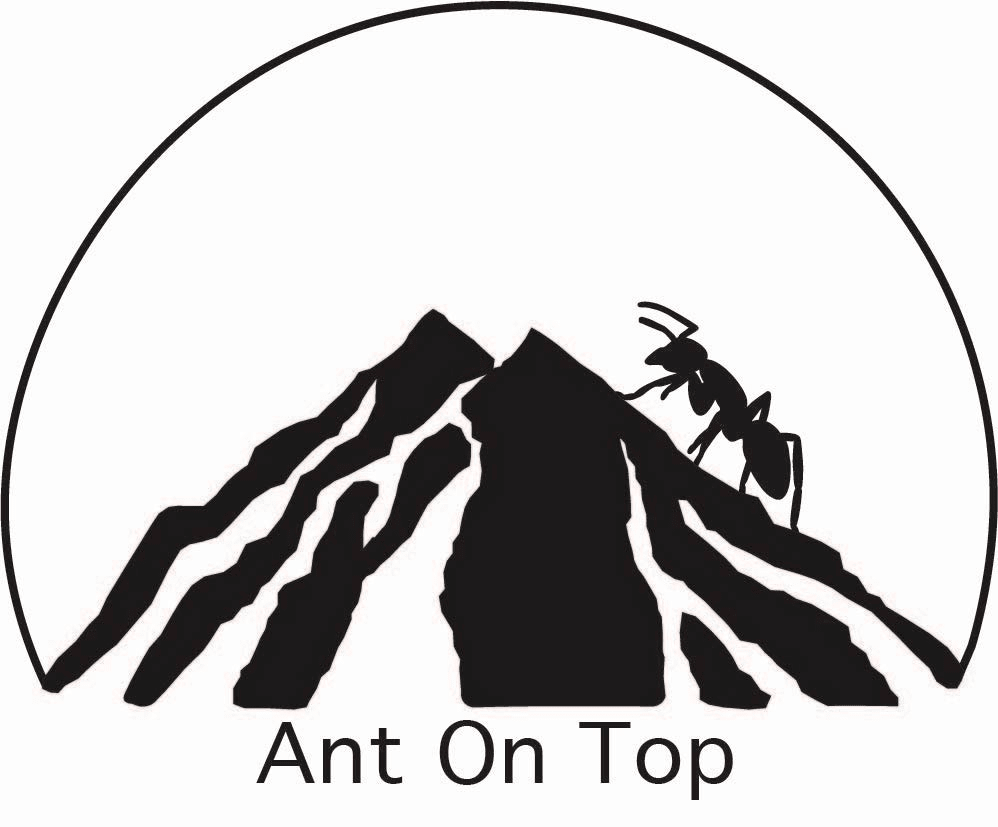Neoponera villosa: Aggressive and Majestic Ants
Looking to add some excitement to your ant colony collection? Look no further than Neoponera villosa, a fascinating species of ant known for its aggression and **large size**. These ants are sure to make a bold statement in your collection, and their unique traits and needs make them a fascinating species to observe and care for.
Colony Type and Size
Neoponera villosa colonies are monogynous, meaning they have a single queen. This colony structure adds to their uniqueness and makes them particularly intriguing to study. With a *colony size* of up to 600 workers, these ants thrive in a social environment where they work together for the benefit of the entire colony.
Development Rate
It’s important to note that Neoponera villosa has a *slow development rate*. This means that their colony growth and development occur at a more leisurely pace compared to some other ant species. Patience is key when observing and caring for these ants, as you’ll witness their growth and progression over time.
Size and Coloration
The queen of a Neoponera apicalis colony measures an impressive 18-20mm in length. Their workers are slightly smaller, measuring 15-18mm. These ants are easily recognizable by their black bodies with *yellow antenna tips*, adding a vibrant touch to their appearance.
Nutrition
When it comes to feeding Neoponera villosa, a varied diet is essential to their health and well-being. These ants thrive on a combination of food insects such as cockroaches and crickets, syrup made from a mixture of water and honey, fruits, vegetables, jelly, and even cooked chicken without salt. Providing them with a balanced diet ensures their nutritional needs are met and enables them to maintain a strong and thriving colony.
Humidity and Temperature Requirements
Neoponera villosa requires specific humidity and temperature conditions to thrive. In their arena, a humidity range of 50-70% is ideal, while in their nest, a slightly lower range of 50-70% is preferred. Maintaining these humidity levels helps to create an environment that mimics their natural habitat and ensures their overall well-being.
When it comes to temperature, Neoponera villosa prefers an arena temperature between 24-28°C and a nest temperature between 24-30°C. These ants thrive in warm and regulated conditions, allowing them to function optimally and exhibit their natural behaviors.
Recommended Nests for Breeding
Providing the right nest for Neoponera villosa is essential for their well-being. Recommended nest materials include **acrylic**, **plaster**, and **aerated concrete**. These materials provide a suitable and comfortable nesting environment for the ants, allowing them to establish and maintain their colony successfully.
Overall, Neoponera villosa are fascinating creatures to observe and care for. With their aggressive nature, large size, and unique colony structure, they make an exciting addition to any ant enthusiast’s collection. By providing them with the proper nutrition, humidity, and temperature conditions, as well as a suitable nest, you can ensure that these ants thrive and flourish under your care.


















Reviews
There are no reviews yet.